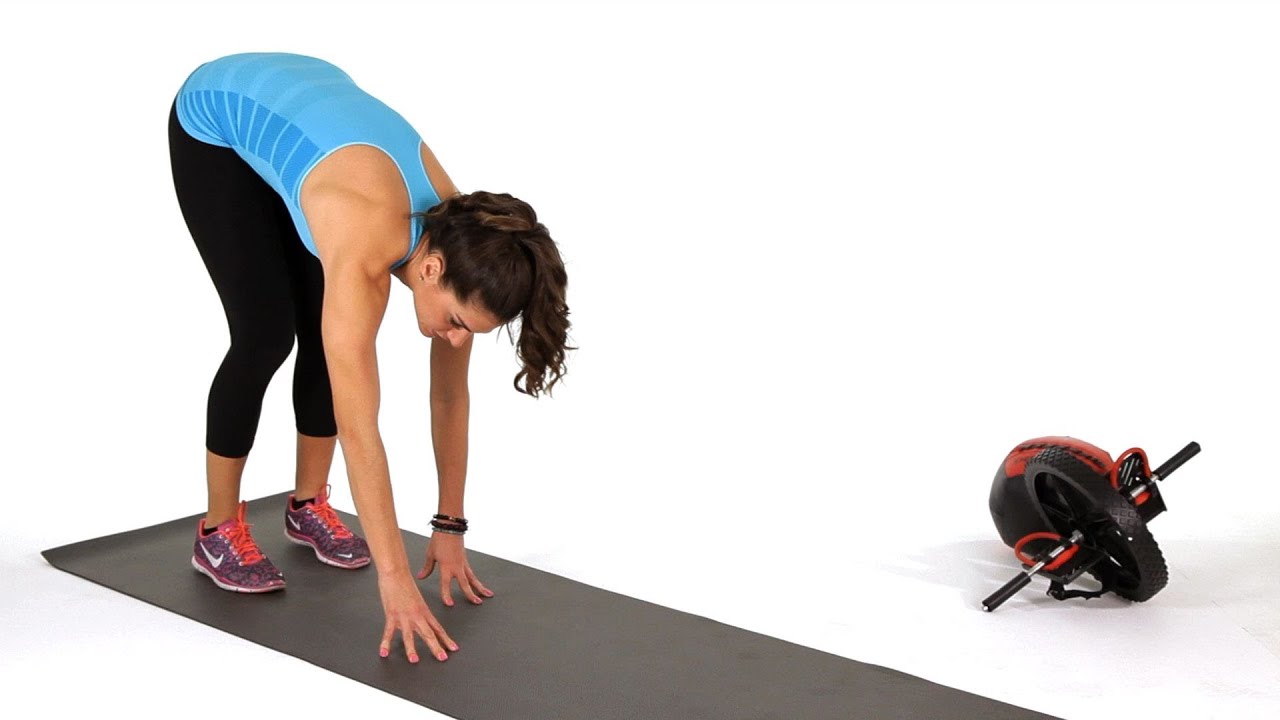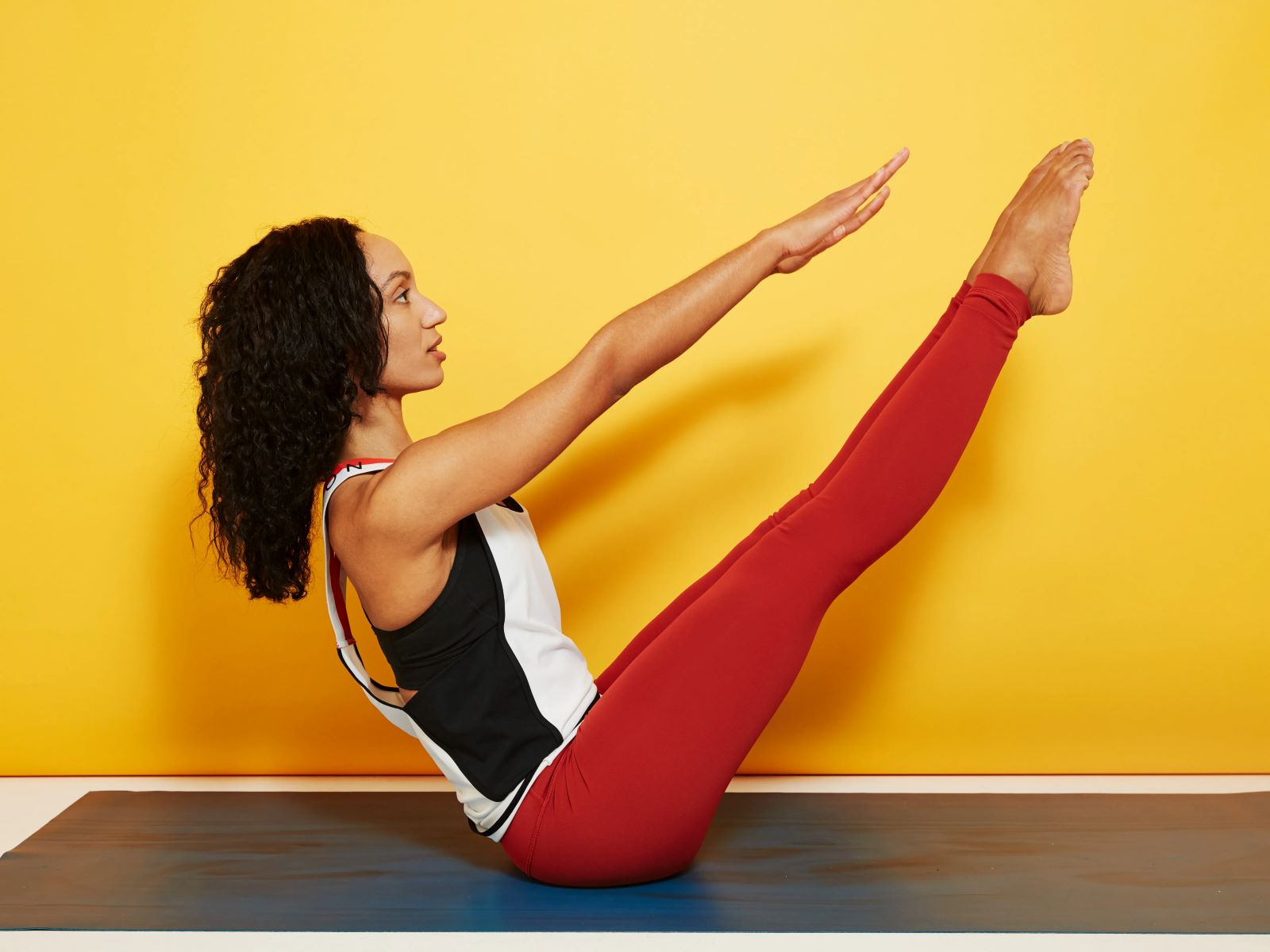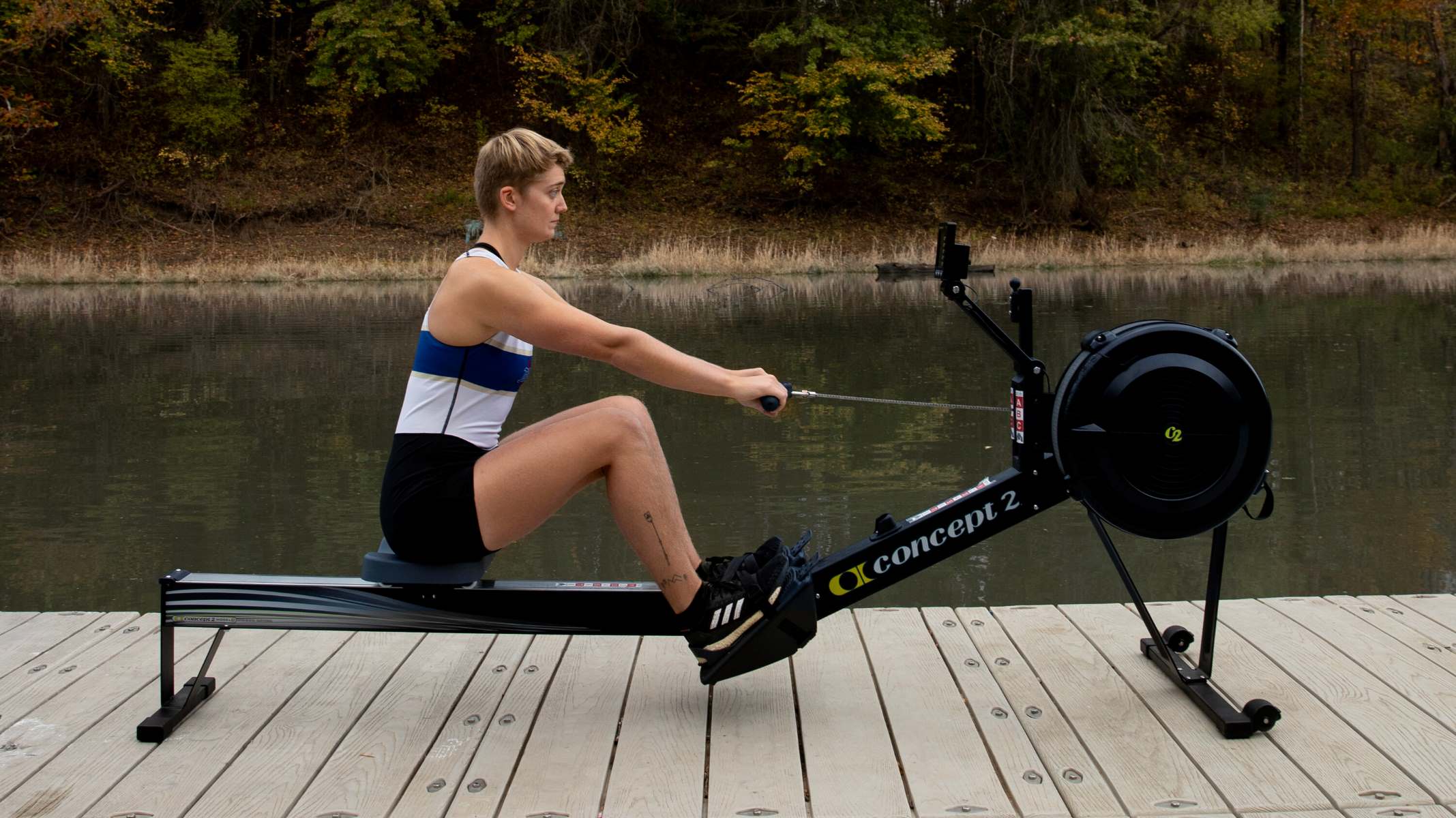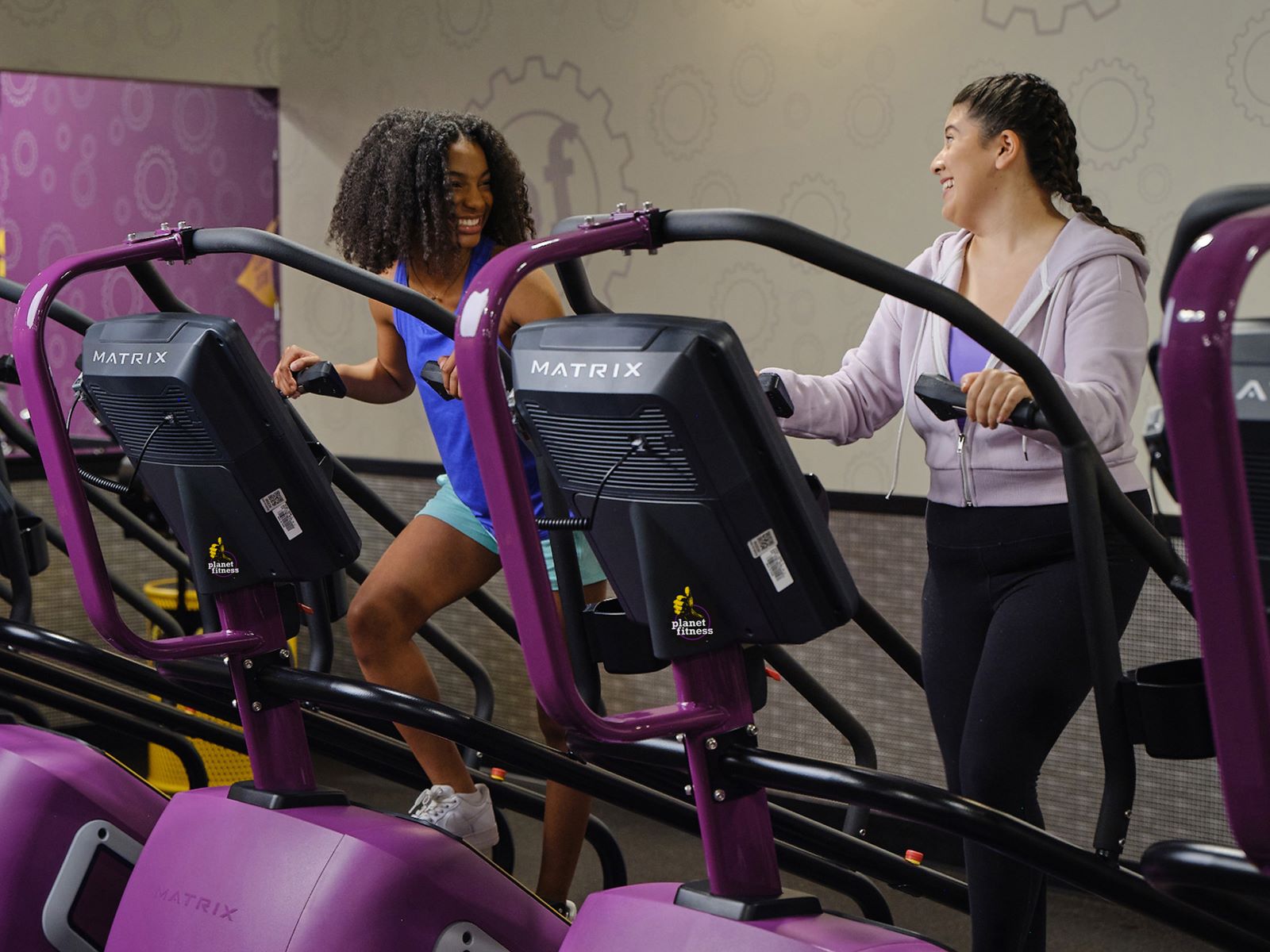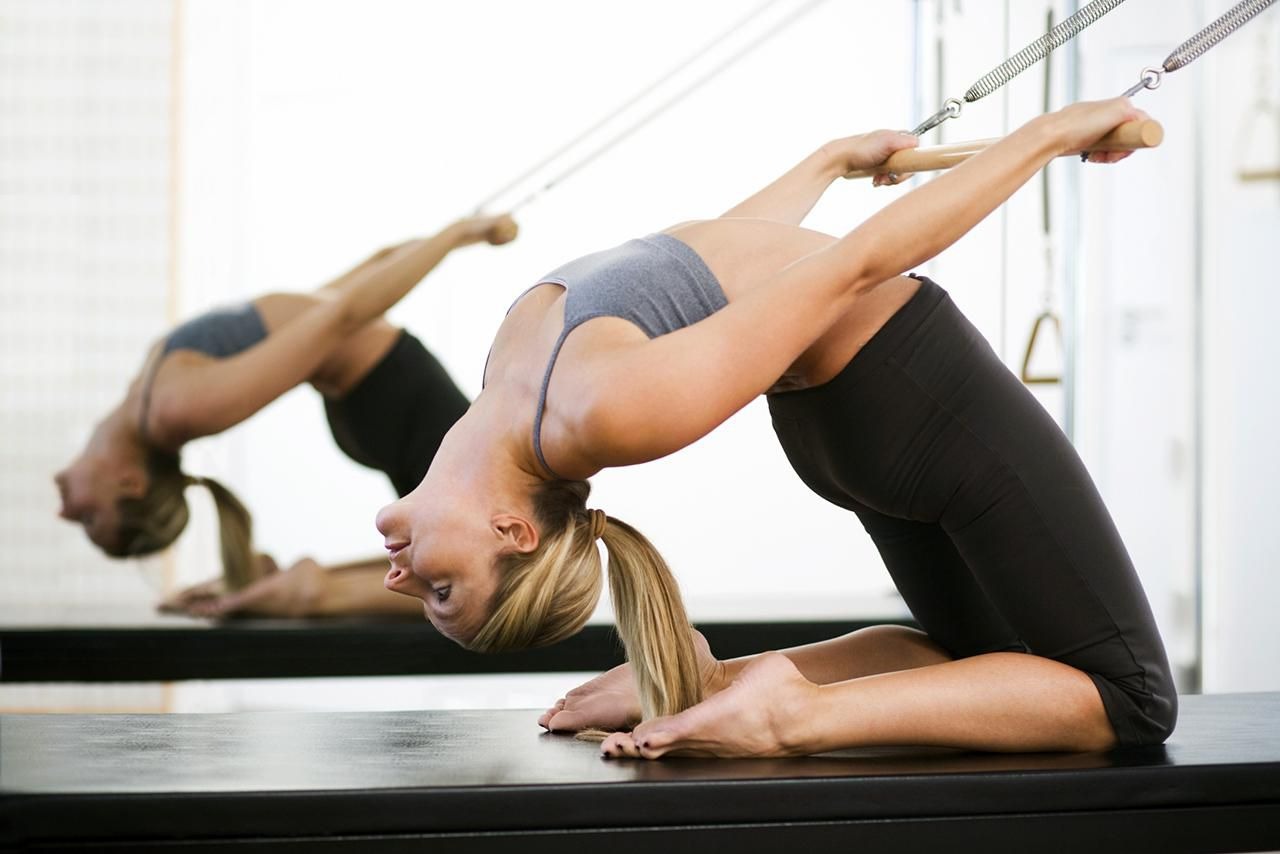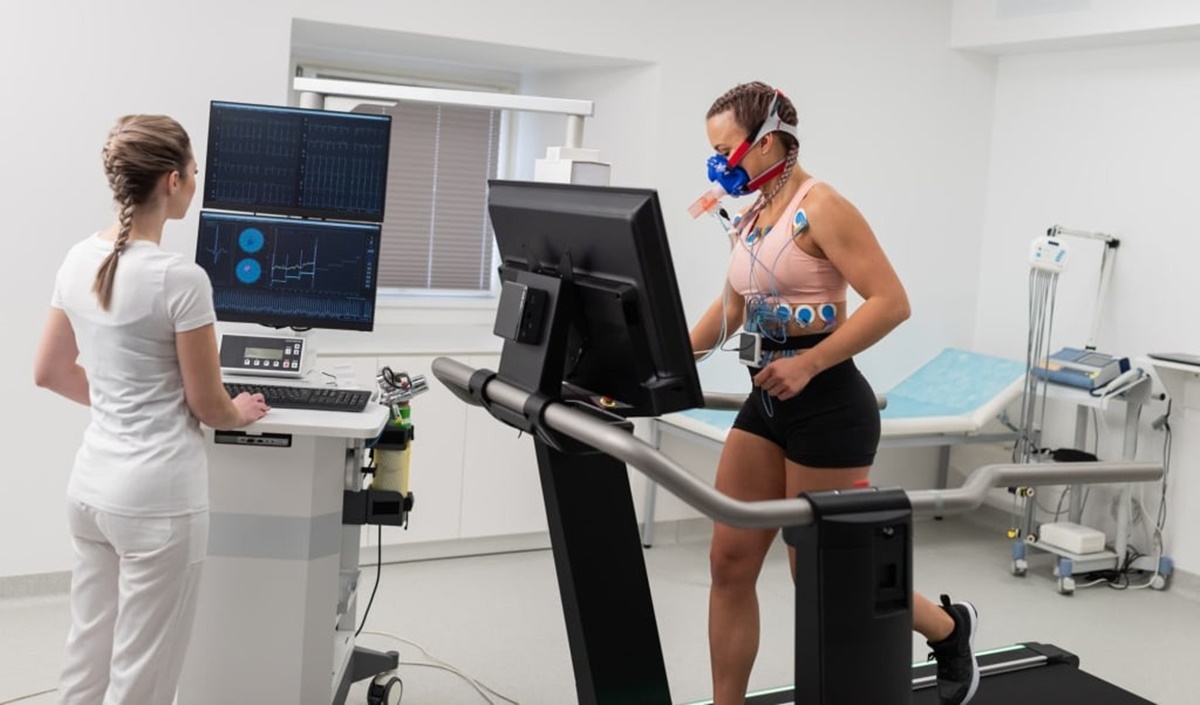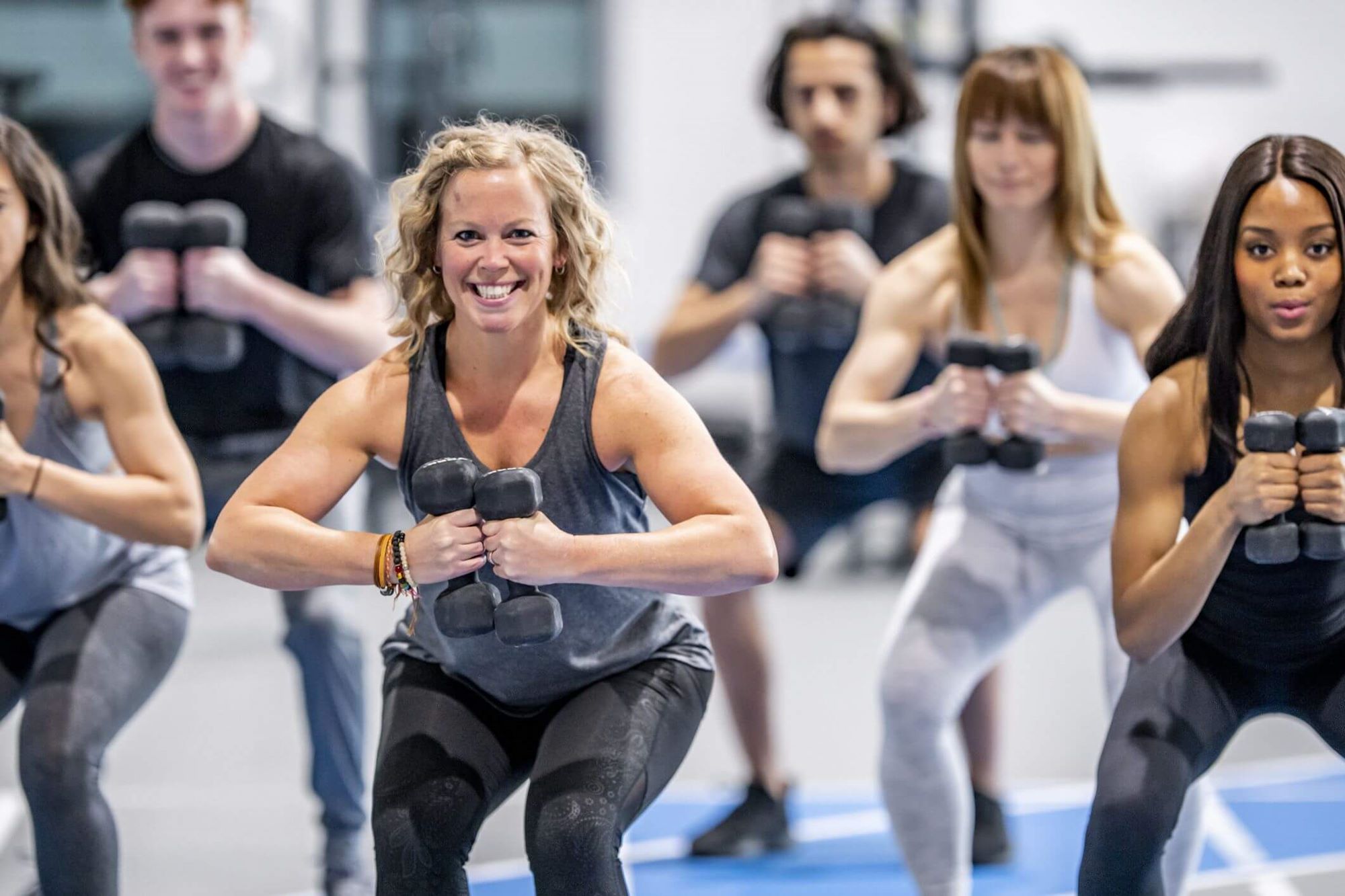

Featured
How To Become A Group Fitness Instructor
Modified: August 21, 2023
Become a featured group fitness instructor with our comprehensive guide. Learn the necessary skills and gain the confidence to lead engaging and effective group workouts.
Introduction
Are you passionate about fitness and enjoy motivating others? If so, a career as a group fitness instructor might be perfect for you. Becoming a group fitness instructor allows you to share your enthusiasm for exercise while helping others achieve their fitness goals. Whether you’re interested in leading high-energy cardio classes, strength training sessions, or mind-body workouts like yoga or Pilates, there are numerous opportunities to pursue.
As a group fitness instructor, you have the unique ability to create inspiring and motivating workout experiences for a diverse group of individuals. Your role goes beyond simply leading a class; you become a guide, motivator, and source of support for your participants.
To embark on this exciting career path, it’s essential to understand the qualifications, certifications, and skills required to become a group fitness instructor. Additionally, gaining knowledge in various fitness formats, developing your instructor skills, and building a supportive community are equally important.
This article will provide you with a comprehensive guide on how to become a group fitness instructor. Whether you’re just starting out or looking to enhance your existing skills, this information will set you on the right path to success.
Qualifications and Certifications
To become a group fitness instructor, it’s important to have the necessary qualifications and certifications. While the specific requirements may vary depending on the country or organization you wish to work with, there are some universal steps you can take to get started.
First and foremost, having a high school diploma or equivalent is typically a minimum requirement for entry into a group fitness instructor program. Additionally, possessing a strong passion for fitness, a love for helping others, and excellent communication skills are highly desirable traits.
Next, it’s crucial to obtain a reputable certification for group fitness instruction. There are several well-known organizations that offer certifications, such as the American Council on Exercise (ACE), the Aerobics and Fitness Association of America (AFAA), and the National Academy of Sports Medicine (NASM). These certifications validate your knowledge and competence in leading safe and effective group fitness classes.
When choosing a certification program, consider factors such as curriculum content, exam format, and ongoing support. It’s advisable to select a certification that is recognized and respected within the fitness industry, as this can enhance your job prospects and credibility as an instructor.
Most certification programs require candidates to study various aspects of group fitness instruction, including anatomy, exercise physiology, program design, and teaching methods. You will typically need to pass a written exam and, in some cases, a practical demonstration to earn your certification.
Additionally, maintaining your certification requires a certain number of continuing education credits. These credits can be obtained through workshops, online courses, conferences, or industry-related events.
Lastly, it’s worth mentioning that obtaining additional certifications in specific fitness formats can greatly enhance your employability. For example, certifications in formats like indoor cycling, Zumba, or Les Mills programs can open up doors to specialized teaching opportunities.
By obtaining the necessary qualifications and certifications, you will not only gain the knowledge and skills required to lead group fitness classes but also demonstrate your commitment to professionalism and continued learning.
Understanding Different Fitness Formats
As a group fitness instructor, it’s important to have a solid understanding of different fitness formats. Having knowledge in a variety of formats allows you to diversify your skill set and offer a wider range of classes to your participants.
Cardiovascular-focused formats, such as high-intensity interval training (HIIT), dance fitness, and kickboxing, are popular choices that involve fast-paced movements and energetic music. These formats are great for improving cardiovascular endurance and burning calories.
Strength training formats, such as bodyweight exercises, weightlifting, and circuit training, focus on building muscular strength and endurance. In these classes, you’ll incorporate resistance training techniques to help participants achieve their strength and toning goals.
Mind-body formats, like yoga, Pilates, and tai chi, emphasize the connection between the mind and body. These classes focus on improving flexibility, balance, core strength, and overall well-being.
Specialty formats, such as indoor cycling, Aqua aerobics, and boot camps, cater to specific interests or target populations. These classes often require specialized certifications and skills to deliver effective and safe workouts.
By understanding and exploring different fitness formats, you can create well-rounded class schedules that cater to different preferences and fitness goals. It’s important to stay up-to-date with current trends and innovations in the fitness industry to ensure you’re offering classes that resonate with your participants.
Keep in mind that mastering different formats takes time and practice. Consider attending workshops, taking additional certifications, and learning from experienced instructors to further develop your skills in various fitness formats.
Ultimately, having a diverse repertoire of fitness formats will not only make you a more versatile and in-demand instructor but also provide your participants with engaging and effective workouts that keep them motivated and coming back for more.
Developing Your Instructor Skills
As a group fitness instructor, honing your instructor skills is essential to deliver engaging and effective workouts. Here are some key areas to focus on when developing your skills:
- Communication: A crucial skill for instructors is the ability to communicate clearly and effectively. Delivering clear instructions and providing timely feedback to participants is essential for maintaining a safe and productive workout environment.
- Cueing and Demonstration: Being able to cue and demonstrate exercises accurately is important for participants to understand proper form and technique. Practice clear verbal cues and demonstrate movements with correct alignment.
- Time Management: Effective time management ensures the class runs smoothly and stays on schedule. Plan your workouts in advance and practice pacing to make the most of the allotted time for each section of the class.
- Adaptability: Being able to adapt to different participant needs and fitness levels is a valuable skill. Provide modifications for exercises to accommodate beginners or those with limitations, and offer progressions for more advanced participants.
- Energizing and Motivating: As an instructor, it’s important to create a positive and motivating atmosphere. Use enthusiastic and encouraging language to inspire participants to push their limits and stay engaged throughout the entire workout.
- Music Selection: Skillful music selection can have a significant impact on the energy and enjoyment of the class. Choose music that complements the workout and helps create a motivational environment.
- Observation and Feedback: Pay attention to participants’ form and technique during the class and provide constructive feedback when necessary. Offer individual attention and guidance to ensure participants are performing exercises correctly and safely.
Developing your instructor skills takes practice and experience. Consider volunteering to teach classes at community centers or local gyms to gain practical experience and receive feedback. Take advantage of opportunities to learn from seasoned instructors and attend workshops or conferences that focus on instructor development.
Remember, your instructor skills are not just about being knowledgeable in fitness. It’s about creating a positive and motivating environment, connecting with your participants, and empowering them to achieve their fitness goals.
Creating Engaging and Effective Workouts
As a group fitness instructor, one of your primary responsibilities is to design and deliver engaging and effective workouts that keep your participants motivated and help them achieve their fitness goals. Here are some key factors to consider when creating your workouts:
- Goal Setting: Start by identifying the primary goals of your participants. Do they want to lose weight, build strength, improve cardiovascular fitness, or enhance flexibility? Tailor your workouts to align with these goals.
- Variety and Progression: Incorporate a variety of exercises, equipment, and workout styles to keep your classes interesting and prevent monotony. Additionally, ensure your workouts have a progressive structure, gradually increasing intensity or difficulty over time to challenge your participants.
- Warm-up and Cool-down: Begin each class with a thorough warm-up to prepare participants’ bodies for exercise and reduce the risk of injury. Similarly, conclude the class with a cooldown routine that includes stretching to promote recovery and flexibility.
- Effective Use of Time: Plan your workouts to maximize the time available. Use compound exercises that target multiple muscle groups simultaneously to optimize efficiency.
- Modifications and Progressions: Be prepared to offer modifications for exercises to cater to participants with varying fitness levels or specific needs. Conversely, provide progressions for more advanced participants to continue challenging them.
- Interval Training: Incorporating interval training can add intensity and variety to your workouts. Alternating between periods of high intensity and active recovery helps to improve cardiovascular fitness and burn calories.
- Motivating Music: Music can significantly enhance the atmosphere and motivation of your class. Select playlists with upbeat and energizing tracks that match the tempo and mood of your workout.
- Incorporate Partner or Group Activities: Including partner or group exercises fosters a sense of camaraderie and teamwork among participants. It adds a social element to the class and keeps participants engaged.
- Consistent Communication: Continuously communicate instructions, modifications, and encouragement throughout the class to ensure participants are performing exercises correctly and staying motivated.
Remember, the key to creating engaging and effective workouts is to keep your participants challenged, motivated, and having fun. Pay attention to their feedback and adapt your workouts accordingly to ensure you’re providing an enjoyable and rewarding experience.
Building a Strong and Supportive Group Fitness Community
Creating a strong and supportive group fitness community is essential for the success of your classes and the overall satisfaction of your participants. Here are some strategies to foster a sense of belonging and community:
- Introduce Yourself: Take the time to introduce yourself to new participants before class starts. This personal touch helps establish a connection and makes participants feel welcomed.
- Create a Welcoming Environment: Ensure your class environment is inclusive and non-judgmental. Make it clear that everyone, regardless of fitness level or experience, is capable of participating and progressing.
- Encourage Social Interaction: Incorporate partner or group activities that encourage participants to interact with each other. This not only strengthens relationships but also creates a fun and supportive atmosphere.
- Provide Positive Feedback: Offer encouraging and specific feedback to participants during and after the class to acknowledge their efforts and achievements. This boosts confidence and motivates them to continue their fitness journey.
- Promote Teamwork: Organize occasional team challenges or events that bring participants together to work towards a shared goal. This fosters a sense of unity and support among the group.
- Create Online Communities: Utilize social media groups or online forums to connect with your participants outside of class. Share fitness tips, motivational quotes, and encourage them to support one another.
- Host Social Events: Organize casual social events outside of class, such as hiking trips, charity runs, or fitness workshops. These events allow participants to get to know each other on a personal level, strengthening friendships and creating long-lasting connections.
- Empower and Recognize Progress: Celebrate individual achievements within your group fitness community. Whether it’s completing a fitness challenge or reaching a personal milestone, showcasing and applauding progress helps build confidence and a sense of accomplishment.
- Lead by Example: As the instructor, embrace a positive attitude, inclusivity, and a supportive demeanor. Your enthusiasm and dedication will set the tone for the entire group.
Building a strong and supportive group fitness community not only enhances the experience of your participants but also fosters loyalty and long-term engagement. By prioritizing relationship-building and creating a welcoming environment, you’ll create a sense of belonging that keeps participants coming back for more.
Finding Employment Opportunities
Once you’ve obtained the necessary qualifications and developed your instructor skills, it’s time to explore employment opportunities as a group fitness instructor. Here are some strategies to help you find and secure a job in the fitness industry:
- Research Fitness Facilities: Start by researching local fitness facilities, such as gyms, community centers, and studios, to identify potential employment opportunities. Look for facilities that align with your fitness interests and have a reputation for offering group fitness classes.
- Network within the Industry: Attend fitness conferences, workshops, and industry events to connect with professionals in the fitness industry. Networking can lead to job opportunities, as well as offer valuable insights and advice.
- Reach out to Fitness Managers: Contact fitness managers or group fitness coordinators at facilities you’re interested in working with. Express your interest in joining their team and inquire about any available positions. Be prepared to provide your credentials and demonstrate your passion for group fitness.
- Create a Compelling Resume and Cover Letter: Craft a well-written resume and cover letter that highlight your qualifications, certifications, and relevant experience. Tailor your application materials to each specific job opportunity to make a lasting impression.
- Attend Auditions: Many fitness facilities require auditions or practical demonstrations as part of the hiring process. Prepare a well-planned and engaging audition, showcasing your instructor skills, knowledge of fitness formats, and ability to connect with participants.
- Consider Subbing or Assisting: If you’re having difficulty finding a permanent position, consider offering to substitute teach or assist existing instructors. This allows you to gain experience, showcase your skills, and potentially be considered for future openings.
- Online Platforms: Utilize online platforms dedicated to fitness job postings, such as fitnessjobscanada.com or fitnessjobs.com. These platforms often have listings for group fitness instructor positions in various locations, providing a wide range of opportunities.
- Continuously Improve and Stay Relevant: Stay up-to-date with industry trends and certifications. By continuously improving your skills and knowledge, you’ll stand out to potential employers as someone committed to professional growth.
Remember, finding employment as a group fitness instructor may require persistence and patience. Keep refining your skills, attending auditions, and networking within the fitness industry. With determination and a proactive approach, you’ll increase your chances of securing a fulfilling job as a group fitness instructor.
Continuing Education and Professional Development
Continuing education and professional development are vital for success and longevity as a group fitness instructor. By continually enhancing your knowledge and skills, you can stay up-to-date with the latest industry trends, maintain your certifications, and offer high-quality instruction to your participants. Here are some ways to continue your education:
- Attend Workshops and Conferences: Participate in workshops, seminars, and conferences focused on group fitness instruction. These events provide opportunities to learn from industry experts, gain new insights, and connect with fellow fitness professionals.
- Explore Online Courses and Webinars: Online platforms offer a wide range of courses and webinars that allow you to deepen your knowledge in specific areas, such as nutrition, injury prevention, or specialized fitness formats.
- Pursue Advanced Certifications: Consider pursuing advanced certifications in specific fitness formats or specialties. These certifications can boost your credentials and open doors to teaching specialized classes or training specific populations.
- Seek Mentoring and Coaching: Reach out to experienced instructors and request mentoring or coaching. Learning from experienced professionals can provide valuable guidance, insights, and tips for improving your teaching skills.
- Read Industry Books and Publications: Stay informed about the latest research, trends, and best practices in the fitness industry by reading industry books and publications. This helps you stay ahead of the curve and ensures you’re offering cutting-edge instruction.
- Participate in Continuing Education Programs: Stay on top of your certifications by participating in continuing education programs. Many certifying organizations require a certain number of continuing education credits to maintain your certification.
- Collaborate with Peers: Engage in professional discussions and collaborations with fellow fitness instructors. Sharing ideas, experiences, and challenges can lead to valuable insights and continuous growth.
- Stay Active in the Fitness Community: Engage with your fitness community through social media, fitness forums, or local fitness events. This allows you to stay connected with industry updates and connect with like-minded professionals.
Continuing education and professional development are ongoing processes throughout your career as a group fitness instructor. By investing in your growth and knowledge, you’ll not only provide better experiences for your participants but also stay inspired and motivated in your own fitness journey.
Conclusion
Becoming a group fitness instructor is an exciting and rewarding career path. It allows you to combine your passion for fitness with the opportunity to inspire and motivate others towards their health and wellness goals. Throughout this guide, we’ve explored the qualifications, certifications, skills, and strategies necessary to embark on this journey.
From obtaining the necessary qualifications and certifications to understanding different fitness formats and developing your instructor skills, each step is crucial in becoming a successful group fitness instructor. Building a strong and supportive community, creating engaging and effective workouts, and continuously seeking opportunities for professional development are all essential aspects of your journey.
Remember, as a group fitness instructor, you have the power to make a positive impact on the lives of your participants. By creating inclusive and motivating workout environments, fostering a sense of community, and continually expanding your knowledge and skills, you can inspire and support others as they strive towards their fitness goals.
So, if you have a passion for fitness and a desire to share that passion with others, don’t hesitate to pursue a career as a group fitness instructor. With dedication, perseverance, and a commitment to ongoing growth, you too can become an influential and respected figure in the fitness industry.
